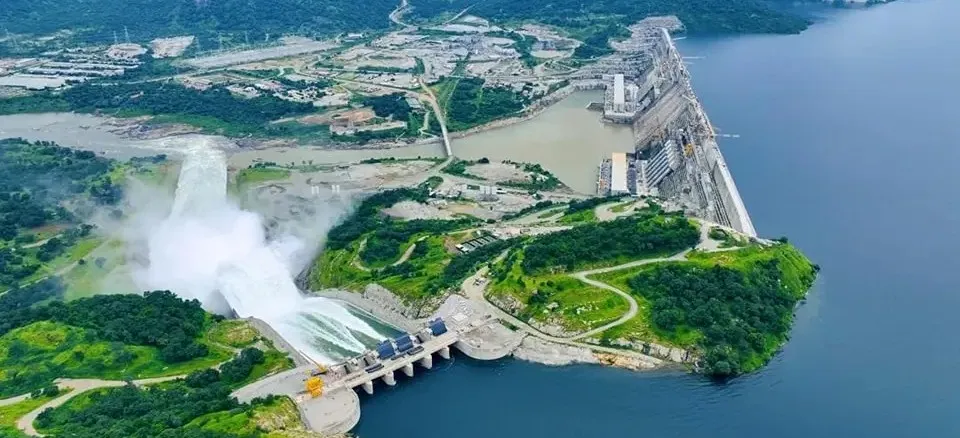South Africans are paying more than ever for electricity, yet still facing rolling blackouts. Amid this growing frustration, protests have become a frequent and often necessary tool for citizens to voice their anger and demand accountability. In 2023 and 2024 alone, hundreds of service delivery protests erupted across the country, many centred on the rising cost of electricity and unreliable power supply.
A Crisis of Cost and Access
In April 2024, South Africa’s National Energy Regulator (NERSA) approved a 12.74% electricity tariff increase for Eskom, the state-owned power utility. This followed an 18.65% increase in 2023. In just two years, households and small businesses have seen their electricity bills surge by more than 30%, exacerbating the cost-of-living crisis in a country already grappling with high unemployment (over 32%), poverty, and economic stagnation.
For many low-income families, this has meant choosing between electricity and essentials like food. For small businesses, these costs are threatening viability, especially when compounded by daily power outages (load shedding) that reduce productivity and spoil goods.
Eskom, which generates around 90% of South Africa’s electricity, most of it from coal, has cited multiple reasons for the price hikes:
- Debt burden: Eskom carries over R400 billion ($21 billion) in debt. Servicing this debt is a major driver of the cost increases.
- Aging infrastructure: Decades of underinvestment, corruption, and poor maintenance have left much of the power grid crumbling.
- Fuel and maintenance costs: Increased prices for coal, diesel, and maintenance parts have also pushed operational costs higher.
- Corruption and mismanagement: State capture, particularly during the Zuma presidency, drained billions from Eskom and left it dysfunctional.
Eskom and NERSA argue that these increases are necessary to fund infrastructure repairs and keep the lights on, but for ordinary citizens, it feels like paying more for less.
The Power of Protest
When formal channels, petitions, public hearings, regulatory submissions, fail to yield results, protests become the people’s microphone. In early 2024, thousands marched in Soweto, Cape Town, and Gqeberha, demanding a moratorium on price hikes and the resignation of top Eskom executives.
These protests often arise from a combination of issues:
- Load shedding that can reach up to 10 hours a day, especially in poorer townships.
- Unfair billing systems, with some areas receiving higher bills despite intermittent supply.
- Electricity disconnections for households in arrears, even when many are jobless or living below the poverty line.
- Perceived government inaction despite years of promises to reform the energy sector.
Many community leaders say protests are not just acts of rage but pleas for dignity. “We’re not just protesting for electricity. We’re protesting for our right to live with dignity,” said one activist in Tembisa during a February 2024 march.
Also read: Eskom’s 2040 Clean Energy Vision
Not all demonstrations remain peaceful. Several electricity-related protests in 2023 and 2024 escalated into road blockades, looting, or clashes with police. In July 2023, parts of Gauteng saw violent confrontations that led to multiple arrests and injuries. While the government often condemns these as criminal acts, analysts argue they reflect the desperation of communities pushed to the edge.
Moreover, the unequal application of law fuels frustration. Middle-class suburbs often escape disconnections and receive maintenance services faster, while informal settlements are left in the dark, literally and figuratively.
Load Shedding
At the heart of the crisis is load shedding, scheduled blackouts designed to prevent total grid collapse. Since 2007, Eskom has struggled to generate enough electricity to meet demand. 2023 set a grim record: more than 300 days of load shedding, with Stage 6 (up to 10 hours of cuts per day) becoming common.
This not only affects homes but:
- Hospitals and clinics, endangering patients.
- Schools, especially during exams.
- Small businesses, which can’t afford backup power.
- Water systems, which require pumps to deliver clean water.
While the rich install solar panels or generators, the poor suffer in silence, until they protest.
The South African government has unveiled various strategies to address the crisis:
- Energy Action Plan (2022): A roadmap to add renewable and private-sector capacity to the grid.
- Debt relief for Eskom (R254 billion over three years): Aimed at stabilizing the utility.
- Opening the grid to Independent Power Producers (IPPs): Especially in solar and wind sectors.
- “Wheeling” reforms: Letting private energy producers sell directly to commercial users through Eskom’s infrastructure.
Yet many South Africans see these as too slow, too late, or benefiting only the wealthy. In rural Limpopo or Eastern Cape, where energy poverty is most severe, few see the results of these reforms on the ground.
South Africa is part of the global movement toward renewable energy, having signed a $8.5 billion Just Energy Transition Partnership with the EU, US, and UK. The aim is to shift away from coal without harming workers or communities.
But locals fear that unless inclusion, equity, and affordability are prioritized, the energy transition could widen inequality. What good is clean energy if only the affluent can afford it?
For protests to subside and public trust to be rebuilt, several things must happen:
- Tariff transparency: Citizens deserve clear explanations of how rates are set and what they fund.
- Prioritize energy access for the poor: Including subsidies, prepaid metering reforms, and protections from arbitrary disconnections.
- Accelerate Eskom reforms and diversification: Speed up the integration of independent and renewable producers.
- Localize energy governance: Empower municipalities to take more active roles in supply, billing, and transparency.
- Listen before the streets erupt: Public consultations must be meaningful, not symbolic.















